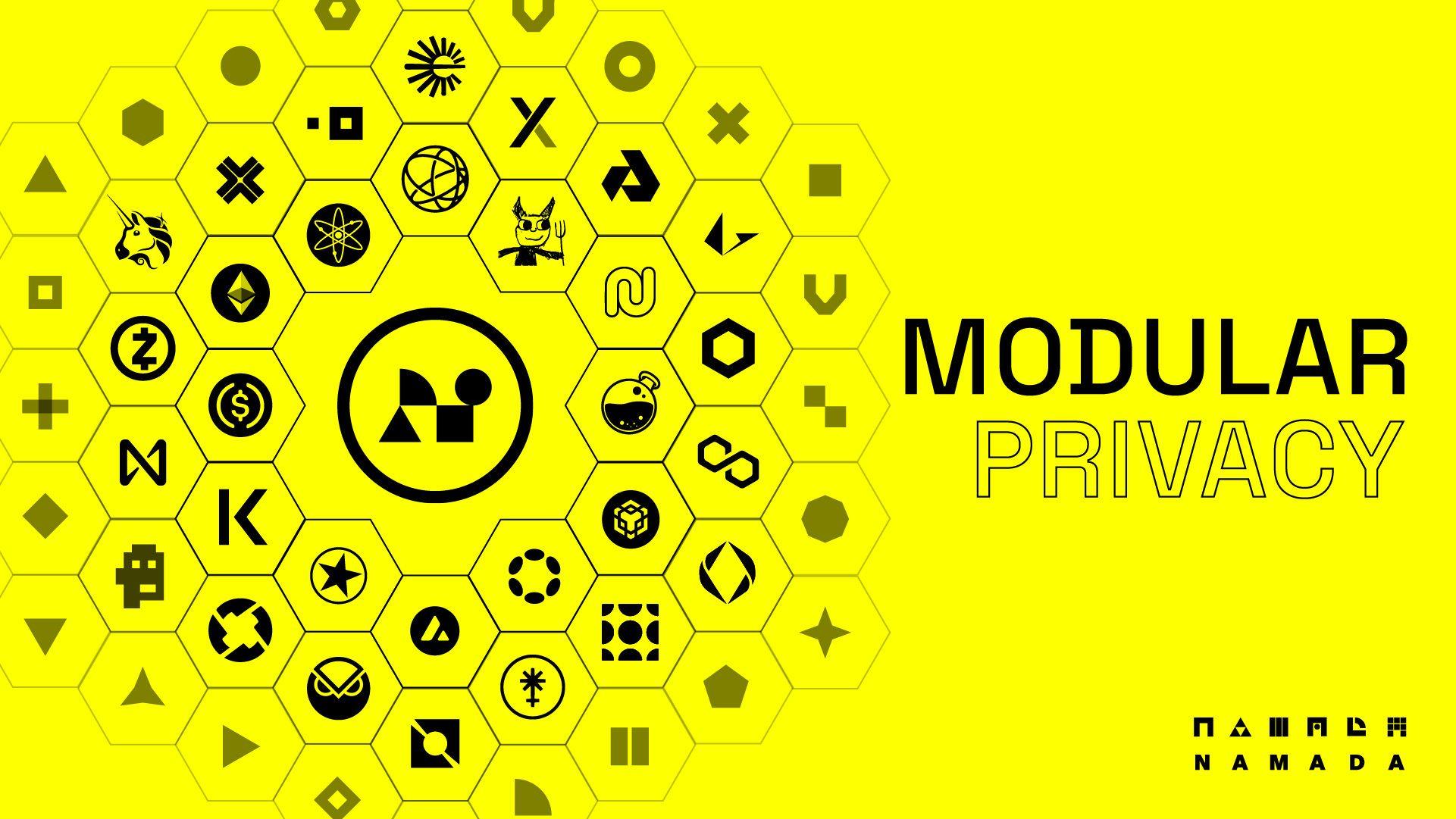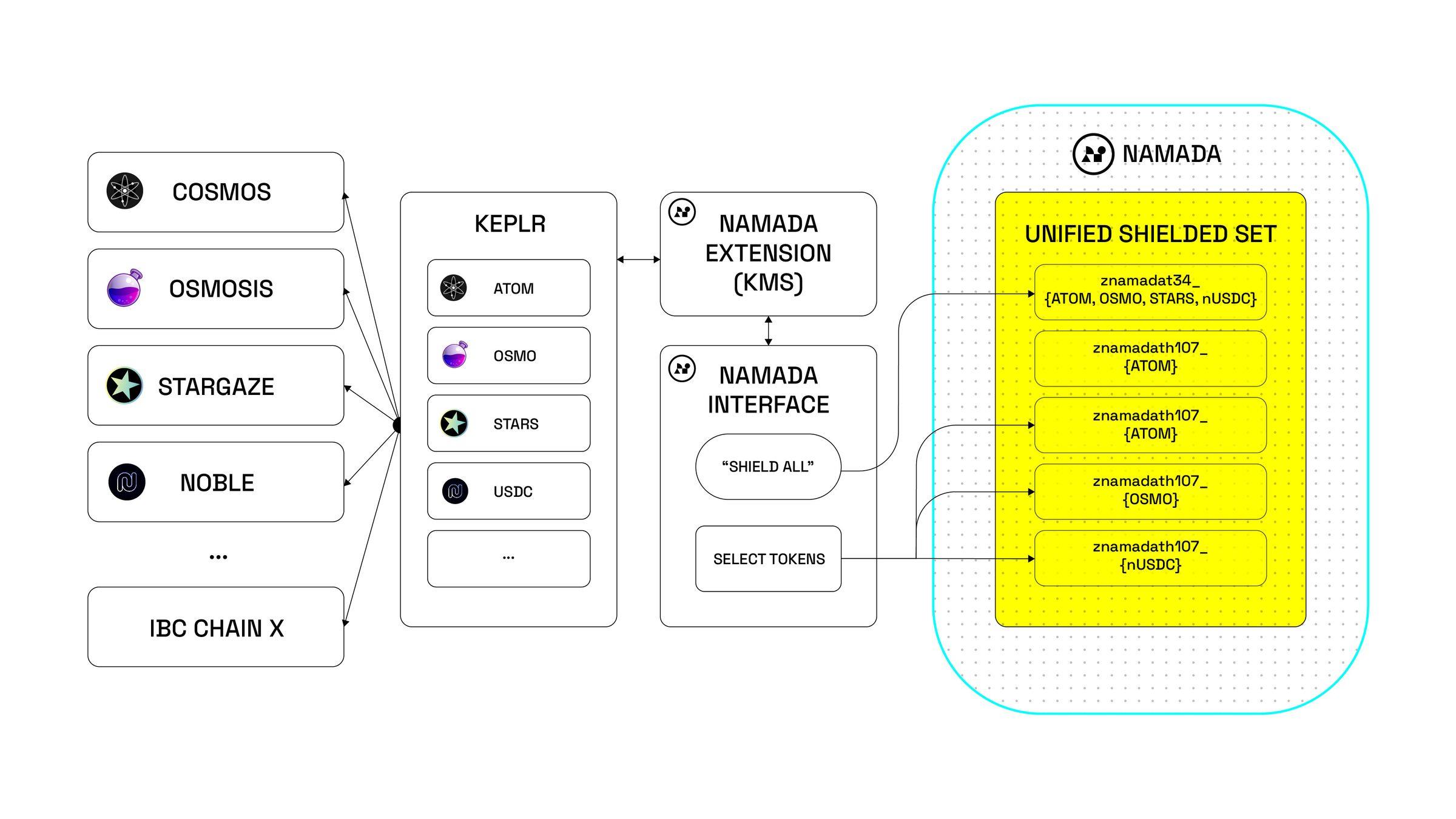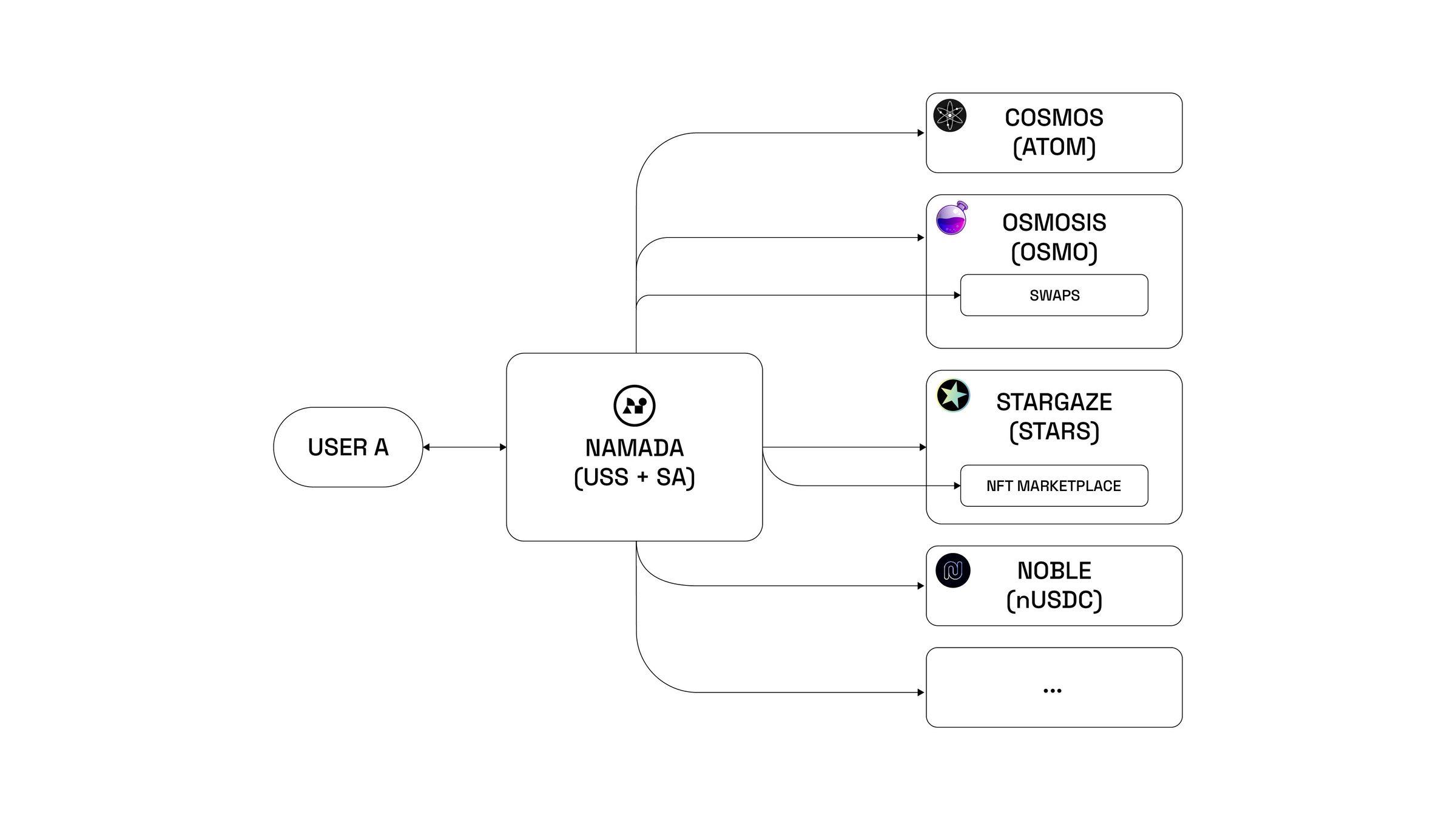Namada's implementation of a trustless bidirectional Ethereum cross-chain bridge serves as concrete evidence of its adaptability, facilitating the expansion of Namada's modular privacy to tokens and dApps beyond its underlying ecosystem.
Authored by: Namada
Translated by: Deep Tide TechFlow
Historically, the architecture of decentralized systems has forced users to commit to using specific cryptocurrencies, chains, or dApps to access privacy features.

While powerful in functionality, this independent structure inherently limits the scalability and extensibility of privacy solutions. Namada disrupts this status quo by introducing the concept of "modular privacy," a bold reconfiguration aimed at expanding the applicability of privacy features within decentralized systems.
Review of Namada's Architecture
The Namada protocol operates as a first-layer solution comprising multiple components, but the cornerstone that enables modular privacy is two key functionalities: Unified Shielding Set (USS) and Shielded Actions (SA). These elements represent a reimagining of privacy implementation in the cross-chain and broader crypto space, rather than just incremental upgrades.
Namada's Unified Shielding Set (USS)
Traditionally, in the privacy space, shielding sets are specific to particular assets, as seen in Zcash's Sapling architecture, which only supports ZEC. The larger the shielding set for individual assets, the stronger the privacy guarantee for each user. However, dispersing privacy in a single asset pool diminishes the effectiveness of privacy guarantees for low-volume assets (such as NFTs). Namada overcomes these limitations with its Multi-Asset Shielding Pool (MASP), an evolution of Zcash Sapling technology. This forms the USS, an asset-agnostic unified shielding set capable of accommodating a wide range of assets. As a result, users can undergo privacy transformations for assets from non-private chains (such as Cosmos Hub, Osmosis, Stargaze, or Noble).

To optimize user experience, especially for users interacting via Cosmos and IBC, Namada has developed browser extensions and web interfaces. These platforms are fully compatible with Keplr key management and feature Namada-specific functionalities.
As a result, USS provides Zcash-like privacy for all IBC tokens. Furthermore, unlike traditional privacy models where tokens are typically locked, USS allows tokens to flow and transfer within the shielding set.
To encourage contributions to the shielding set and enhance user privacy, USS incorporates shielding set reward functionality, a unique feature of the MASP/CC circuit. Namada governance determines which tokens are eligible for shielding set rewards and the target quantity.
Shielded Actions
The second cornerstone of Namada's modular privacy is Shielded Actions (SA). This feature not only empowers users to execute transactions but also supports complex, carefully orchestrated operations across multiple blockchains, app chains, and dApps while maintaining privacy through USS. Its purpose is to enable users to perform more functions provided by Namada itself through a unified interface that protects privacy.
The design of SA is highly refined, providing a new layer of automation in the user interface. This feature allows users to execute multiple interactions in parallel, significantly reducing complexity for end users. This design aligns with the innovation around cross-chain accounts (ICS-27) within the IBC and Cosmos environment.

The starting point for any shielded action is within the unified shielding set. This ensures that user identities remain shielded, making it extremely difficult for external observers to determine the origin of shielded actions. All they can see is that an operation is initiated from Namada USS. The rule is simple: the larger the USS, the stronger the privacy mechanism.
To interact with applications on other chains, users do not sign simple transfers but rather sign a series of instructions from Namada. This opens up a range of application scenarios, such as:
Shielded staking on Cosmos: Users unshield ATOM, transfer it to Cosmos Hub, and then stake it.
Shielded swapping on Osmosis: SA allows users to unshield OSMO tokens, transfer them to Osmosis, swap tokens to acquire ATOM, then move the newly acquired ATOM to Cosmos Hub, and finally return them to Namada for reshielding. The entire process takes only a few seconds.
Publishing shielded data on Celestia: Users can unshield TIA tokens, transfer TIA and specific data to Celestia, where they can publish data and handle fees, all done under privacy protection.
And more.
While SA leverages IBC for more than just transfers, it is important to note that any interaction on IBC is transparent (revealing transaction graphs). To maximize privacy between Cosmos and IBC, it is best to always keep assets shielded within USS unless needed for a specific operation and to avoid using easily linkable amounts on IBC.
SA is crucial to modular privacy as it allows users to continue interacting privately with the tokens, apps, and chains they are currently using without requiring any changes to the chain or app.
Conclusion
Ultimately, Namada's modular privacy is not constrained by the Cosmos and cross-chain ecosystem. The protocol's architecture is scalable and ready to seamlessly integrate into various blockchain domains.
Namada's implementation of a trustless bidirectional Ethereum cross-chain bridge serves as concrete evidence of its adaptability, facilitating the expansion of Namada's modular privacy to tokens and dApps beyond its underlying ecosystem.
As blockchain technology matures, the demand for robust, scalable, and private interactions is becoming increasingly urgent. Namada is not only adapting to this future but is also helping to shape it.
免责声明:本文章仅代表作者个人观点,不代表本平台的立场和观点。本文章仅供信息分享,不构成对任何人的任何投资建议。用户与作者之间的任何争议,与本平台无关。如网页中刊载的文章或图片涉及侵权,请提供相关的权利证明和身份证明发送邮件到support@aicoin.com,本平台相关工作人员将会进行核查。




